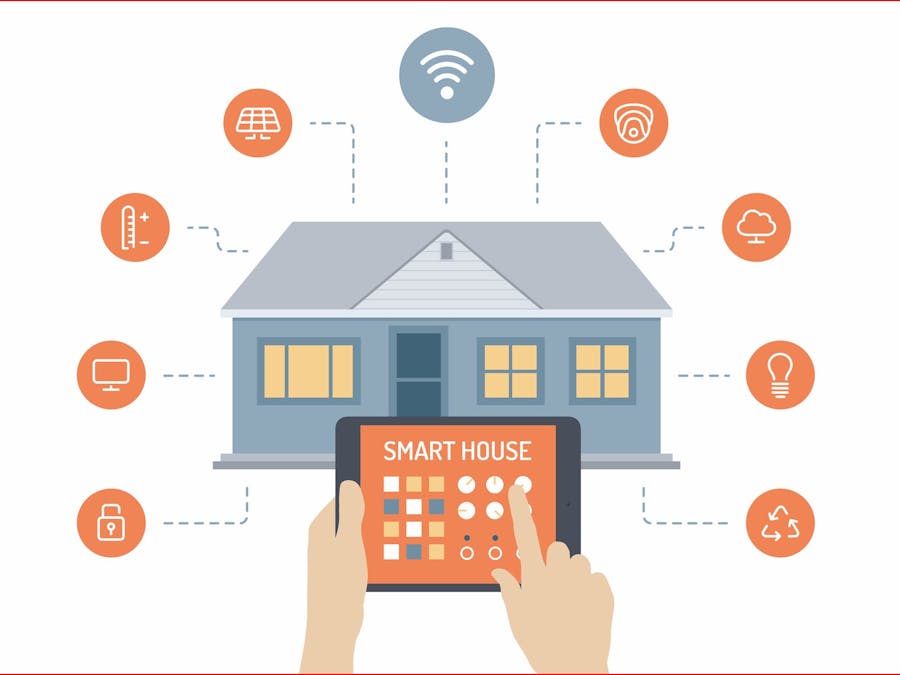Abstract
The aim of this project is to implement an affordable, easy to install system to enable remote access to existing/new individual electrical appliances in a household through a minimal invasive approach to the existing power wiring network. The brains of the system monitors the environment and controls appliances accordingly to efficiently manage energy usage. The system employs a main HUB which senses and controls the environment, nearby appliances are controlled through the Radio Frequency spectrum. A dedicated RF transmitter in the HUB transmits signals to nearby receiver modules which receives the signal and control an electrical appliance.
Introduction
Smart, connected home and office devices are transforming the way people interact with spaces, while in those spaces or from almost anywhere on the planet, through a web browser. Conventional Home automation systems provide remote access through an expensive smart plug with wireless connectivity. These smart plugs limit control to one device per plug and controlled remotely through a smartphone and these systems are unable to tap into the control of existing appliances like light bulbs or ceiling fans which are embedded inside the wiring of the space. Our products enables the user to control any type of device through a simple touch on a smartphone at a fraction of the mainstream cost. The system can further expand to facilitate sensors which constantly monitor the environment and switch off electrical appliances if they are not needed hence efficiently and effectively managing the energy.
Methodology
The MPU (Micro Processing Unit) of the Linkit 7688 Duo communicates via the cloud with the user’s smartphone, Data is processed by the MPU and control signals are transmitted through the RF transmitter module across the space. A designated RF receiver picks up on the signal and turns on/off an electronic appliance. The proposed Radio Frequency Module solution reduces the cost drastically. Common home automation techniques rely on smart switches/plugs which contain an embedded Wi-Fi module to receive data from a controller. A typical smart switch which can control only one device costs approximately Rs 2500. The RF module proposed in this system can control up to four devices individually and costs approximately Rs 900. Multiple RF receivers in a space pick up signals from the MPU to provide access to a large space. The functioning of the system is shown in the diagram below:
The proposed system is simple and easy to implement. Since the control signals are sent encoded through the Radio Frequency spectrum the system is less susceptible to hacking. The main advantage being the access and control of individual appliances be it new/old through a minimal invasive and inexpensive method.
Advantages:
· Economic
· Reliable
· Less prone to hacking
· Easy to implement
Disadvantages:
· No acknowledgment from receiver
System scope:
· Control home appliances with a smartphone
· Monitor environment with integrated sensors
· Energy efficient solution






Comments
Please log in or sign up to comment.